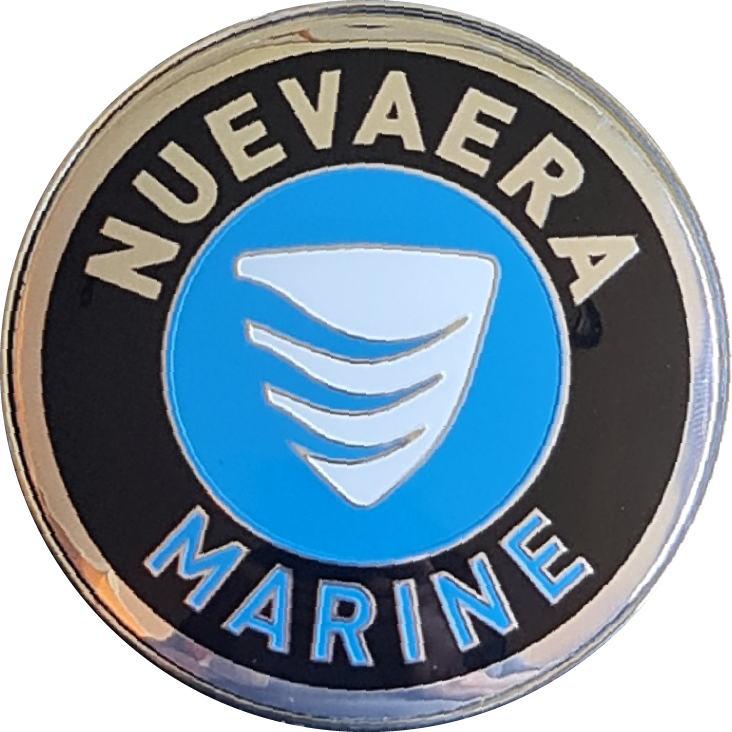Nuevaera Marine®
We are the first shipyard in America build High Density Polyethylene (HDPE) boats, certified in Military and Professional Range, to resist in the extreme marine environment and navigate in black waters without fear of any type of impact to the hull.
Nuevaera Marine®
We are the first shipyard in America build High Density Polyethylene (HDPE) boats, certified in Military and Professional Range, to resist in the extreme marine environment and navigate in black waters without fear of any type of impact to the hull.
Advantages of HDPE boats
(High Density Polyethylene)
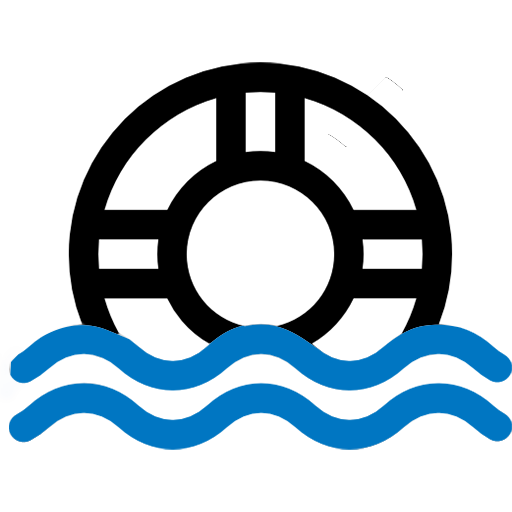
More Flotability
HDPE boats have positive buoyancy. This is because the density of the material (polyethylene density = 0.95 g/cm3) is lower than the density of fresh water (fresh water density = 1 g/cm3).

Impact Absorption
The natural hardness and durability of HDPE makes it able to withstand the impact of collisions with debris, rocks or other objects, reducing the risk of damage and repairs.

Zero corrosion
HDPE is not affected by salt water, chemicals or wet environment. It is not subject to the effects of the environment, so it is considered “zero” maintenance.

Ease of repair
Repairing HDPE does not affect the strength or durability of the material, allowing the canisters to continue to offer high performance after being repaired.

Fabrication and Customization
Nuevaera Marine® boats are hand-finished, providing great design flexibility to fit the exact shape to your needs.

Hydrocarbon Resistance
Unlike other materials, HDPE is not affected by exposure to oils, gasoline, diesel and other chemicals present in water or air.

Low Temperature Resistance
The temperature limits that the material withstands (-40°C and +80°C) mean that the vessel can sail without problem in very cold waters such as in Antarctica.
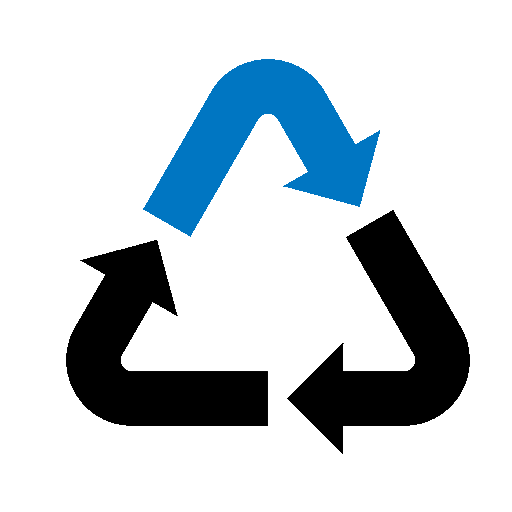
Recyclable and Durable
HDPE is an environmentally friendly, fully recyclable material, which allows the vessels to be processed and reused, thus contributing to the reduction of waste and environmental impact.

Promotes Fuel Savings
HDPE is a highly resistant and lightweight material, which gives it unique properties for boat construction. This combination of characteristics not only optimizes vessel performance, but also contributes significantly to fuel savings.
Advantages of HDPE boats
(High Density Polyethylene)

More Flotability
HDPE boats have positive buoyancy. This is because the density of the material (polyethylene density = 0.95 g/cm3) is lower than the density of fresh water (fresh water density = 1 g/cm3).

Impact Absorption
The natural hardness and durability of HDPE makes it able to withstand the impact of collisions with debris, rocks or other objects, reducing the risk of damage and repairs.

Zero corrosion
HDPE is not affected by salt water, chemicals or wet environment. It is not subject to the effects of the environment, so it is considered “zero” maintenance.

Ease of repair
Repairing HDPE does not affect the strength or durability of the material, allowing the canisters to continue to offer high performance after being repaired.

Fabrication and Customization
Nuevaera Marine® boats are hand-finished, providing great design flexibility to fit the exact shape to your needs.

Hydrocarbon Resistance
Unlike other materials, HDPE is not affected by exposure to oils, gasoline, diesel and other chemicals present in water or air.

Low Temperature Resistance
The temperature limits that the material withstands (-40°C and +80°C) mean that the vessel can sail without problem in very cold waters such as in Antarctica.

Recyclable and Durable
HDPE is an environmentally friendly, fully recyclable material, which allows the vessels to be processed and reused, thus contributing to the reduction of waste and environmental impact.

Promotes Fuel Savings
HDPE is a highly resistant and lightweight material, which gives it unique properties for boat construction. This combination of characteristics not only optimizes vessel performance, but also contributes significantly to fuel savings.
Certificates
Nuevaera Marine® offers durable and high quality solutions that respect the environment and FCR recommendations.
Our boat are certified by Lloyd’s Register under the standards ISO 12217-3 and ISO 12215-5.



News

São Paulo Boat Show 2024
En setiembre de 2024 realizamos el lanzamiento oficial del nuevo modelo de lancha de Nuevaera Marine, FLIPER, en el São Paulo Boat Show 2024. Siendo
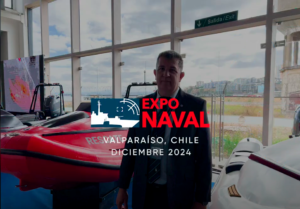
EXPONAVAL 2024 Chile
Del 3 al 6 de diciembre se realizó la ExpoNaval 2024, en la Terminal de Pasajeros de Valparaíso, Chile. El evento más importante de su
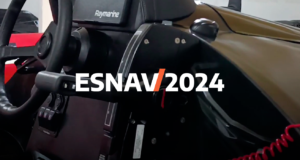
ESNAV 2024 Buenos Aires
ESNAV 2024 Buenos Aires, es la feria sudamericana de carácter anual de toda la industria naval. Es el punto de encuentro para los armadores, astilleros,
